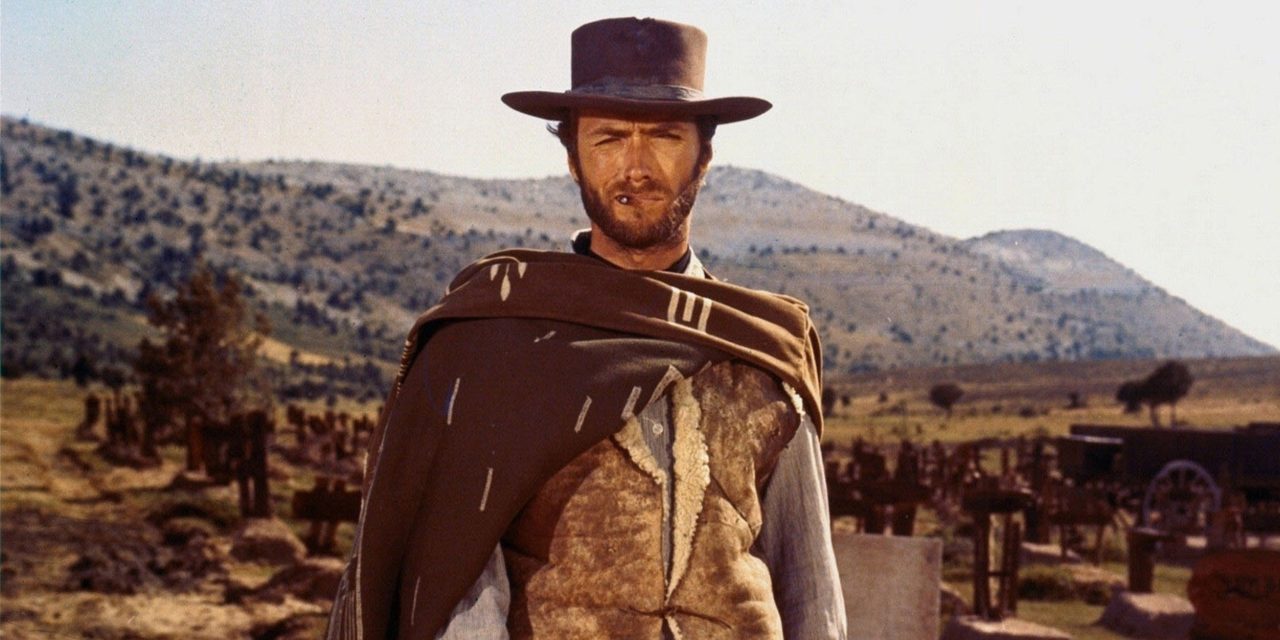
There is in the most difficult times, hope. A hope, that once gazed upon, brings clarity and gives impetus for a glow of a market promise to arise. There is no doubt that the theatrical business model is about to change in a very substantial way. This change is being brought about by the deep shift in technology, the viewing patterns of millennial and gen Z audiences but primarily by the financing model of the large companies that release our movies. I think there are two paths for movie theaters that have shown promise. One path is that the multiplex will hopefully re-invent themselves as a experiential destination. The other model has existed for quite awhile , often sitting to the side of this business. This business model is based on long forgotten business practices, a model which I think is about to have a resurgence; the repertory theater.
Repertory theaters are theaters that primarily show classic or independent movies in the way they were meant to be seen. Alamo Drafthouse, The Nu-art , The New Beverly in Los Angeles, and of course the beloved Historic Artcraft Theatre in Franklin Indiana immediately come to mind. For me anyways, The Historic Artcraft is the Vatican of movie going. A sacred and profound experience, whose weekly celebrations of entertainment and community become increasingly meaningful. These theaters, among others, build upon a reputation on showing fantastic old movies every single night or ever week. Up to the early 1960’s, most theaters which were not located in a large downtown cores, did not hold movies for weeks at a time, but instead during a week, might have shown up to four unique movies titles.
Prior to the Paramount Ruling of 1948, Hollywood would engage in the usurious practice of block booking, Block booking was a packaging of a large number of movies and then selling this package to to a theater chain for a single price or guarantee. Block booking was the rule of the day with Hollywood’s major studios from the turn of the 1930s until it was outlawed by the U.S. Supreme Court’s decision in United States v. Paramount Pictures, Inc. (1948).
In order to get access to a studio’s blockbuster pictures, many theaters were forced to book a studio’s entire output, Paramount insisted that the exhibitors and independent theaters sign a contract with them if they wanted the top movies. Hollywood often would force theatres to commit to take all or nothing…even on movies not even made yet. This practice was also called blind bidding since for the most part exhibitors knew nothing about the movies they were acquiring. During this time on a yearly basis, Paramount would pressure independent theater exhibitors to buy a block of one hundred and four films each year and forcing them to show two films per week, for fifty-two consecutive weeks.
This gave rise to the need for theaters to play multiple movie titles per week.
A studio produced B movies, the low budget movies running as the lower half of double features, often were sold at a flat fee, rates that could be set in order to essentially guarantee the profitability of every B movie. This provided studios with the knowledge that even the worst movie would find a home. Like they are doing today, the studios shifted the burden of production financing to the independent exhibitor. The long-term effects of the policy also thwarted competition by closing off the the market to independent producers and distributors Today the Virtual Print Fee has accomplished a similar result. What is past is often prologue in this business.
In July 1938, the Justice Department’s antitrust division filed a suit, United States v. Paramount Pictures, Inc. et al., charging the eight major Hollywood studios with violating the Sherman Antitrust Act. In 1948 with the Supreme Court issuing the Paramount Decree, block booking became illegal.
As the shroud of the Virtual Print Fee is removed, there is a deep opportunity for independent theaters to regain market share by using community inertia to design schedules that reflect their audience’s needs. Slowly across the movie going world you see the rise and the resurgence of repertory movie theaters.
The United Kingdom is in the middle of a huge boom, as people brave unpredictable weather in order to watch movies in medieval castles, airplane hangars and even pools. This summer 70 unique venues will be hosting screenings during a summer long schedule of repertory movies. What is fascinating is that up to 2000 people show up to pay $20 to sit on grass and watch a classic movie. Each location will show up to 25 unique movies.
The trend experts at Mintel, probably the worlds leading market intelligence firm, believes the booming popularity of repertory cinema in an outdoor setting is because people are longing for “old-fashioned communal viewing experiences”. They are quoted as saying: “It’s the American drive-in concept but done in a modern guise. People are so used to consuming media on their phones and iPads, there’s a natural craving for this kind of decompressed experience – where there’s loads of space, where you can react together, where you’re not just watching something on your own and tweeting about it.”
Also, on the trendsetting island of Manhattan repertory cinema is on the rise again. IFC Center, Quad Cinema and Metrograph, are expanding their premises in order to meet the needs of an expanding repertory audience. In Minneapolis, The Trylon is enjoying a growing and increasingly loyal audience. In Portland Oregon and the Pacific Northwest, the McMenamin family is re-inventing the art of movie going….and of course ,the Historic Artcraft continues to weave its magic over generations to movie goers in Franklin, Indiana.
The heart of the movies is still beating strong…but it is not beating well in Hollywood. The movie heart beat in Hollywood has an arrhythmia; a problem with the rate or rhythm of the heartbeat. It means that their movie going heart either beats too quickly, too slowly, or with an irregular pattern.
As the pall of Virtual Print Fees are removed there is an opportunity for independent theatre to re-define themselves. I strongly suggest taking lessons from the past and rebuild your movie going community by re-shaping your business model into some form of a repertory program. If a staid British audience numbering up to 2000 will brave the damp and drizzly British summer in order to see a movie as community….then maybe there is something that will work for you.
A gentle reminder www.historicartcrafttheatre.org. In this little Mid West theater lies the seeds for a movie going renewal. Phone them or email them….ask for Rob Shilts, he really knows what he is doing.

